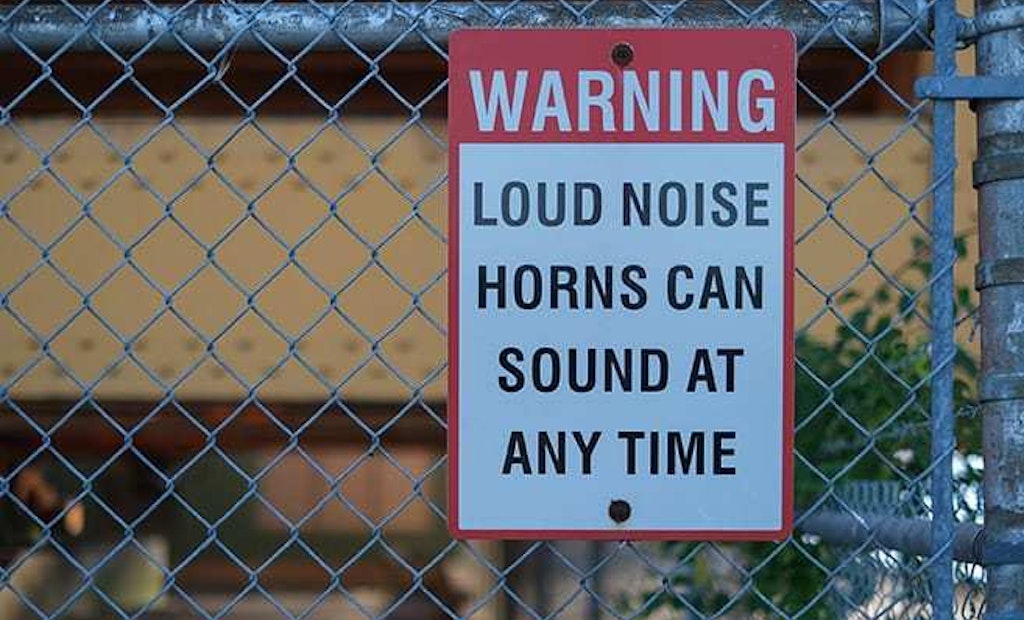Interested in Trucks?
Get Trucks articles, news and videos right in your inbox! Sign up now.
Trucks + Get AlertsTwelve percent of the U.S. working population has hearing difficulty, according to NIOSH. Since diminishing hearing happens gradually, you may not even notice if you’re experiencing it right away. Recognizing the early signs and symptoms of noise-induced hearing loss gives you a leg-up on protecting your auditory health.
What are you not noticing?
There are the obvious symptoms of hearing loss, like asking others to repeat themselves or being told your TV is too loud. But there are more subtle indicators:
- Not hearing your phone’s alarm or the microwave right away
- Occasional ringing sounds in your ears
- Getting frustrated because it seems that others aren’t talking clearly
- Knowledge uptake is slower making it harder to learn new skills
Anyone have a grandpa who isn’t aware of how loud he talks? Family and friends are usually the first to notice signs of hearing loss. Sometimes it’s easier to see small changes in others rather than noticing it about ourselves.
Decreased understanding
Hearing someone and being able to understand what they’re saying aren't one and the same. Ever been at a crowded restaurant or bar and you can make out the words someone is uttering, but they don’t seem to make sense right away? When you've experienced hearing damage, separating background noise from a conversation makes your brain work harder to attach meaning to what’s being said.
High noise and heart disease
There’s a link between the two — and high cholesterol. Loud noise can contribute to other health problems, too:
- Anxiety and stress
- Fatigue
- High blood pressure
- Isolation and depression
Our bodies react to sound intensity with alarm and disease. Ongoing exposure can be harmful to our health.
How do I know if it's too loud?
If you find yourself yelling to be heard, it’s too loud. For workers who only occasionally come into contact with loud machines or heavy equipment, changes in hearing are less noticeable. You may be exposing yourself to dangerous noise levels without being fully conscious of it, even if it’s only for a few minutes.
Don't wait — take action now
Check in with your company’s HR or safety team for details on any hearing conservation programs that may be in place. You may already be familiar with some of the guidelines like PPE requirements for high-noise workstations.
Uncertain of the noise levels of some of your equipment or facility? Have them tested. Consulting services can provide sound level measurements using a dosimeter or octave band analyzer so you’ll know for sure. Here’s OSHA’s guidance on workplace testing.
Get a hearing exam to know your current hearing levels. This also sets a baseline that future exams can be compared with so changes in your hearing can be based on measurable data.
Communicate with headsets
Look for a communication system with an over-ear headset that provides hearing protection and allows you to easily interact with others in a high noise environment.
Advantages of using headsets:
- Hearing protection stays on while talking. There’s no need to remove muffs or foamies to talk with coworkers, exposing your ears to noise.
- Situational awareness of machines, voices or traffic that’s happening around you. Hear important sounds at safe levels.
- Staying connected with others increases productivity and safety.
Changes in your hearing may be an indicator that you’re exposed to potentially dangerous levels of noise. Taking steps to mitigate these risks will help you maintain your sense of hearing so you can fully enjoy your friends, family and hobbies.
Learn more about communication headsets with hearing protection and listen-through technology.






